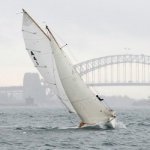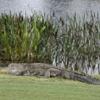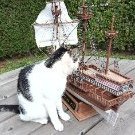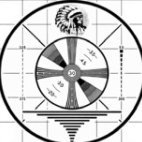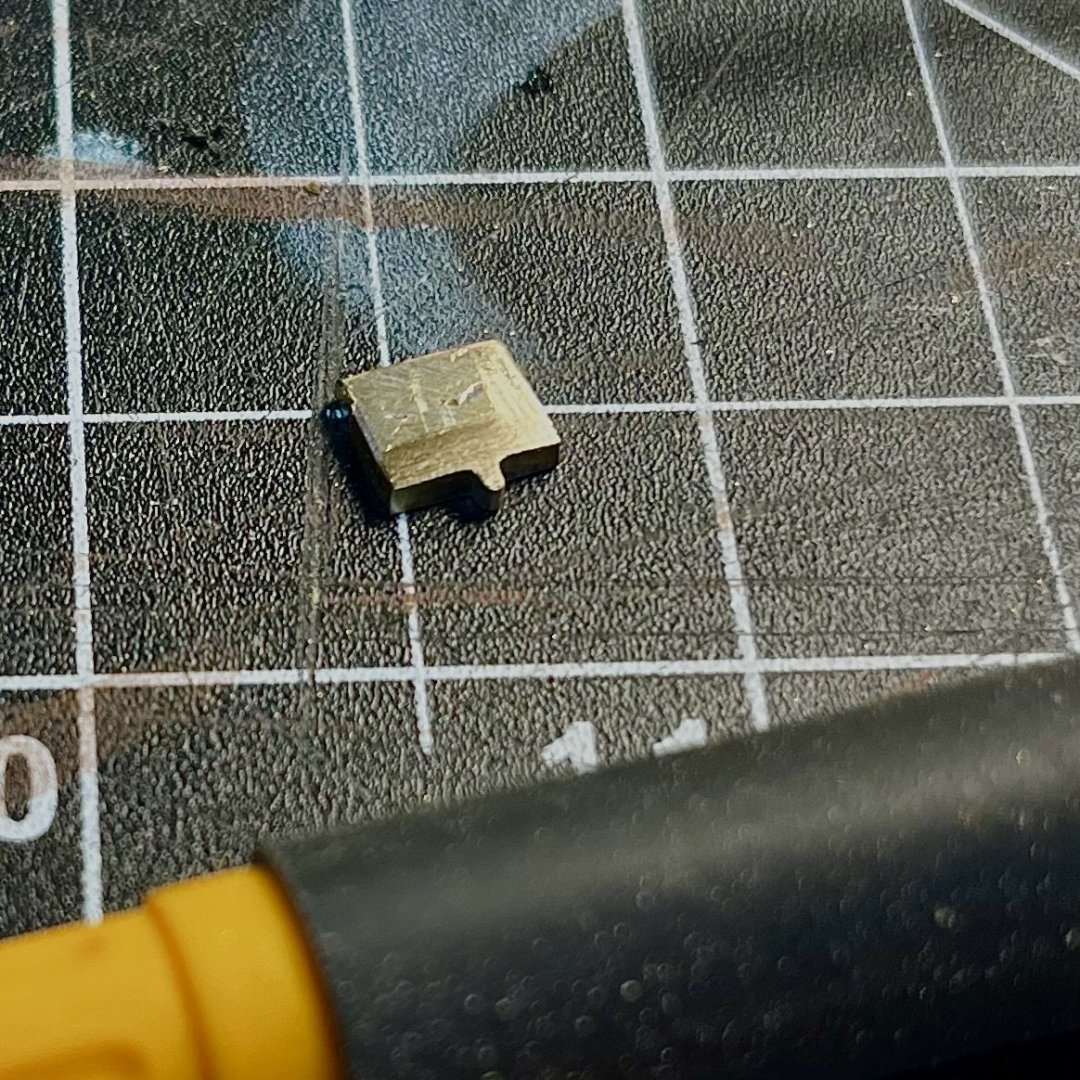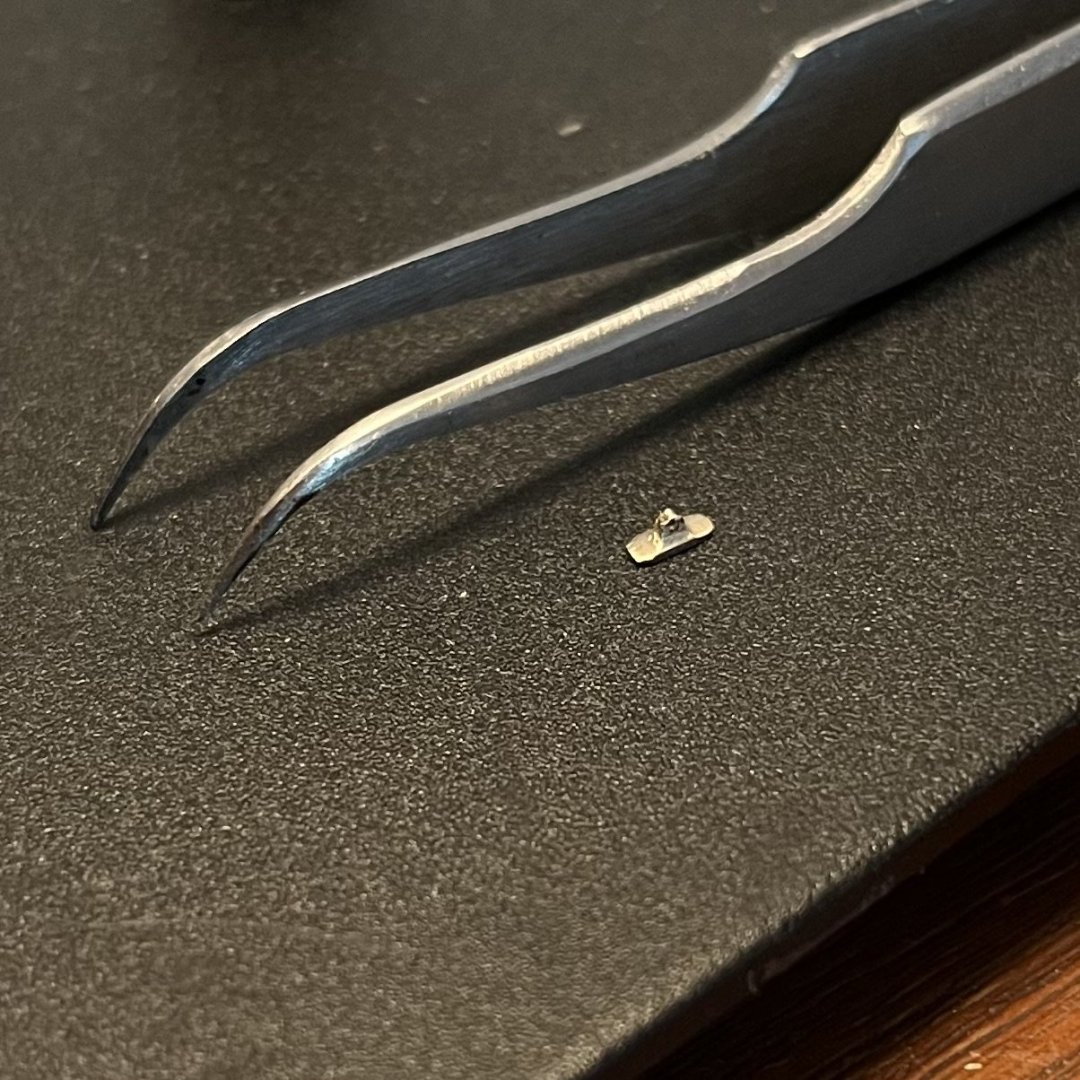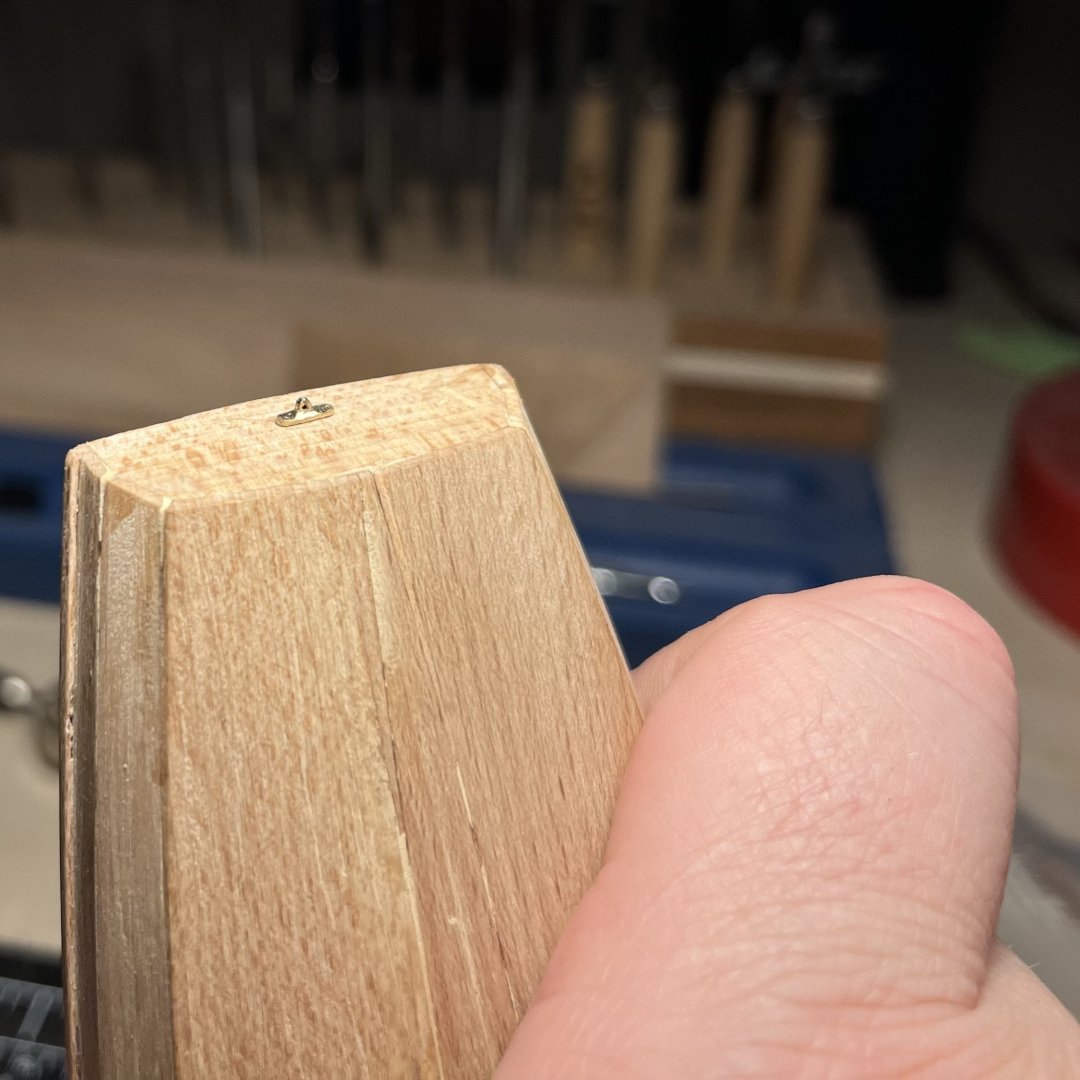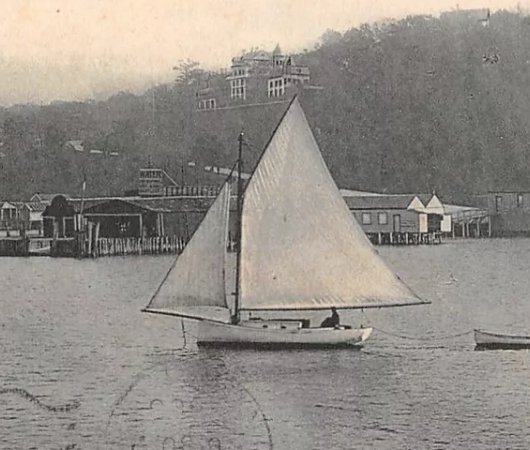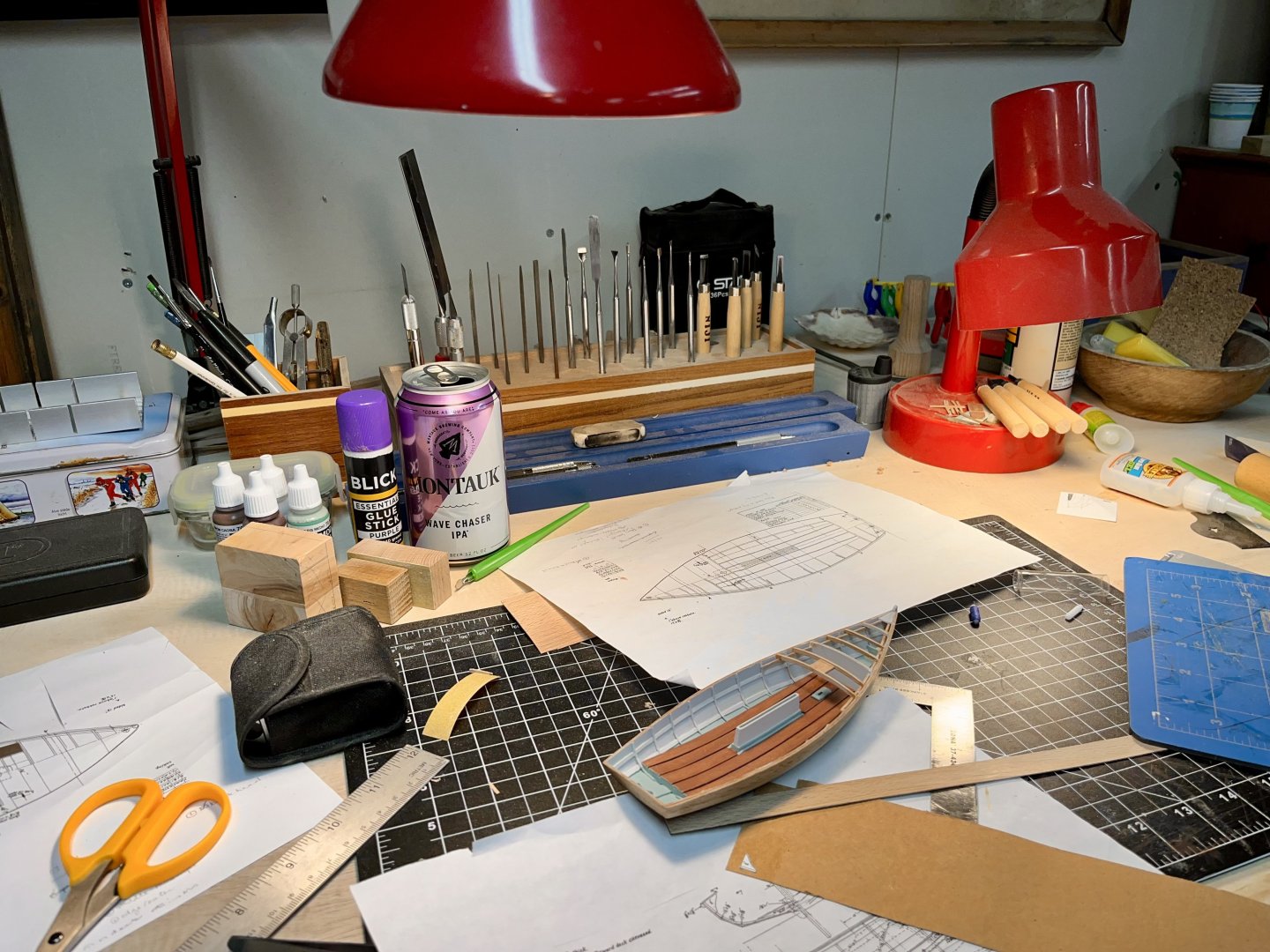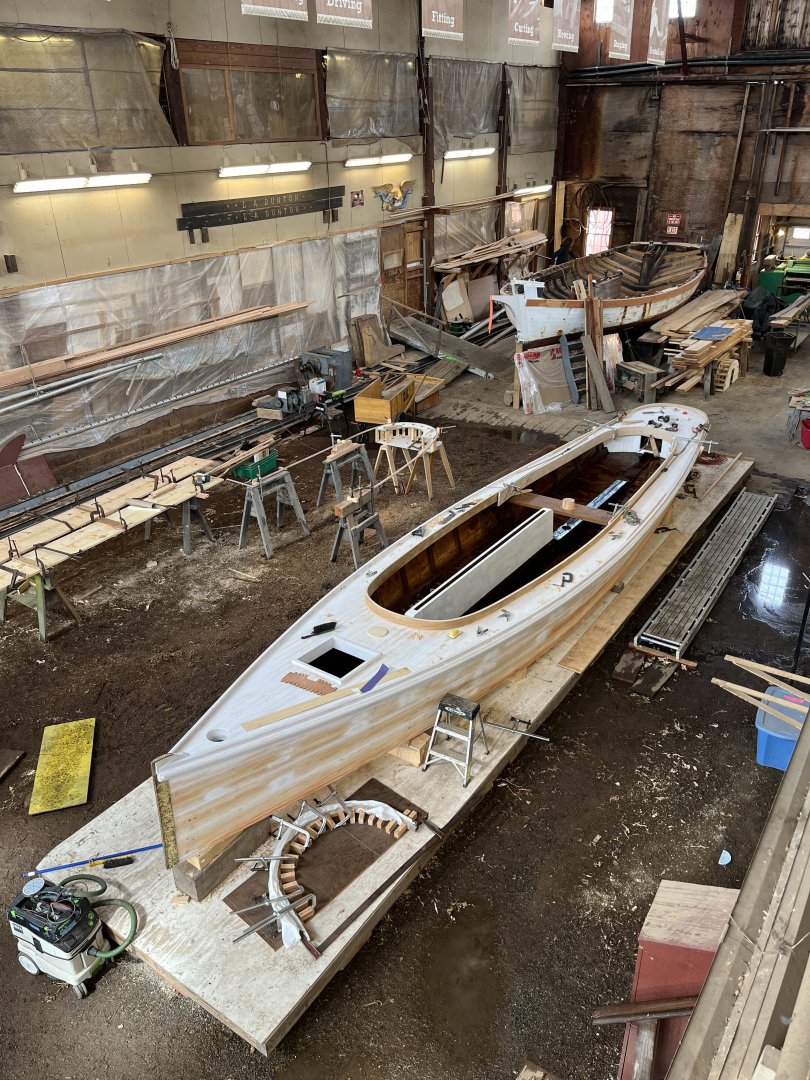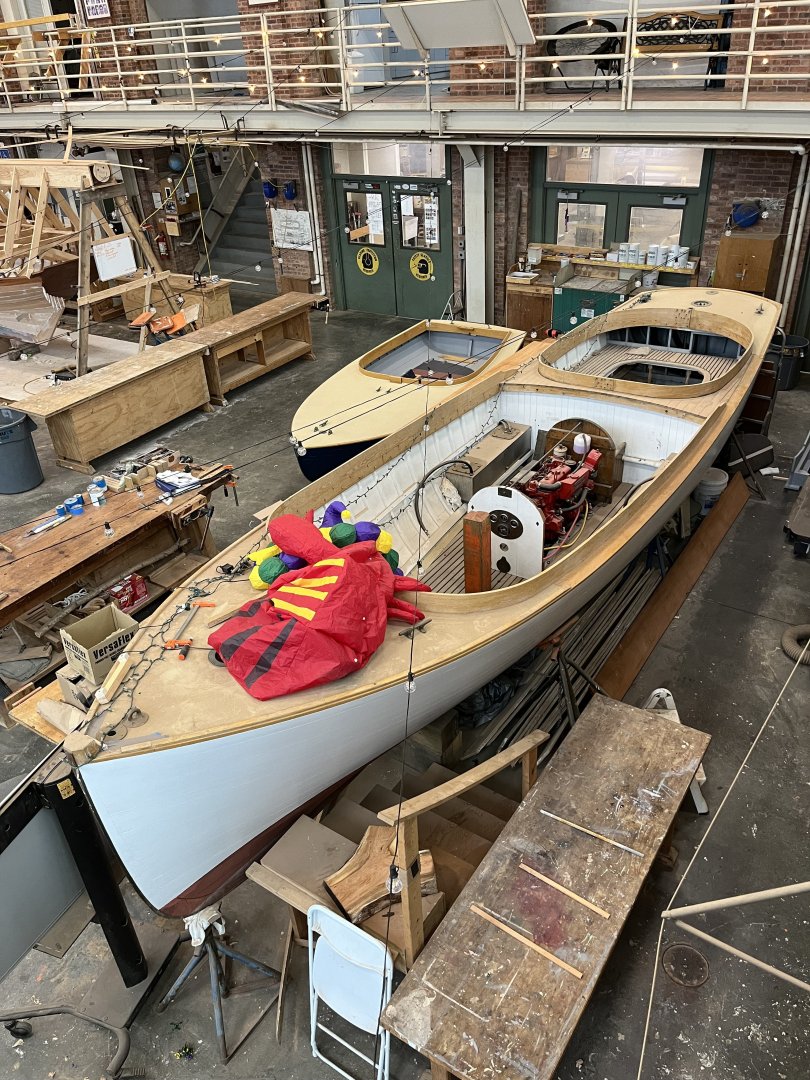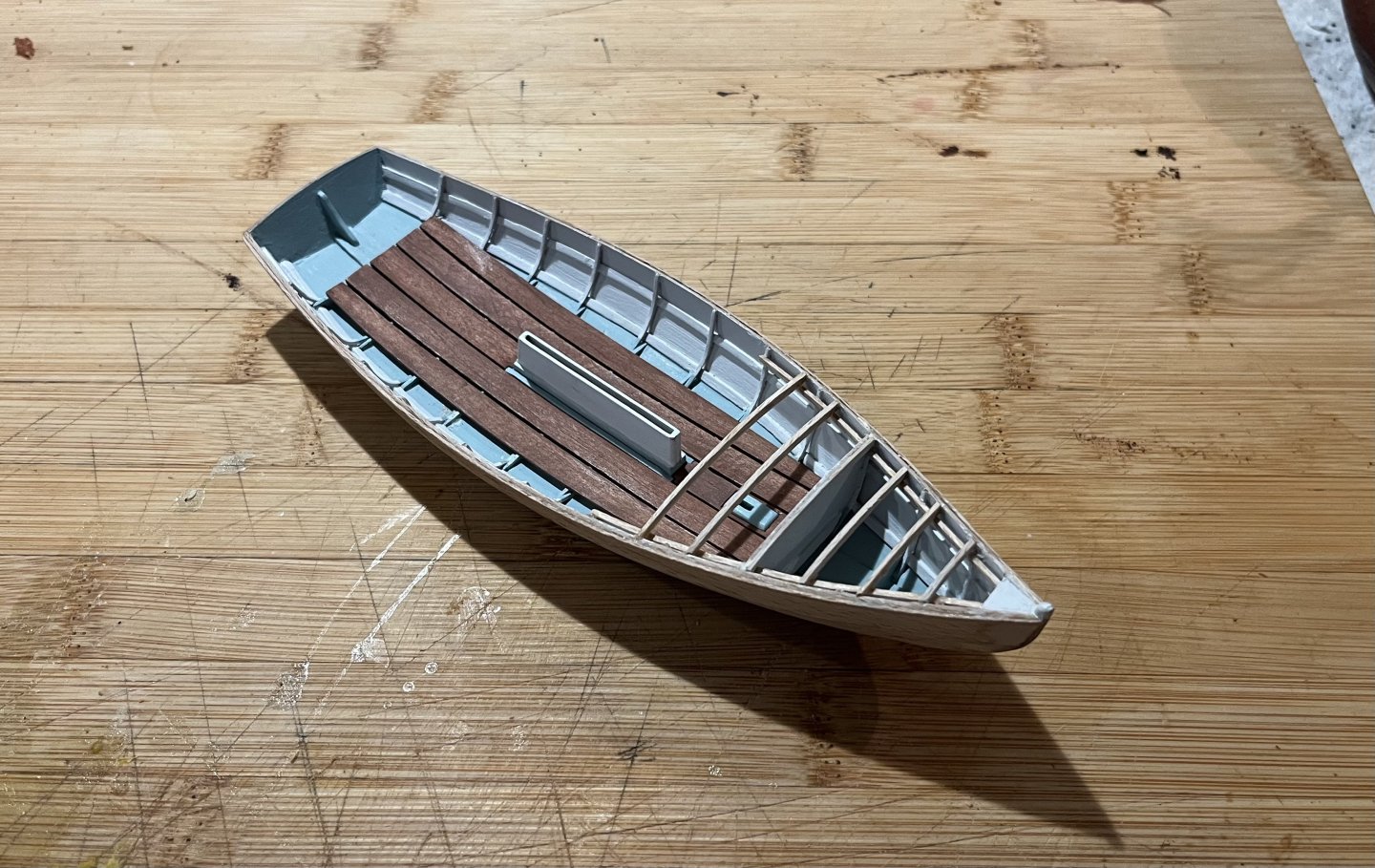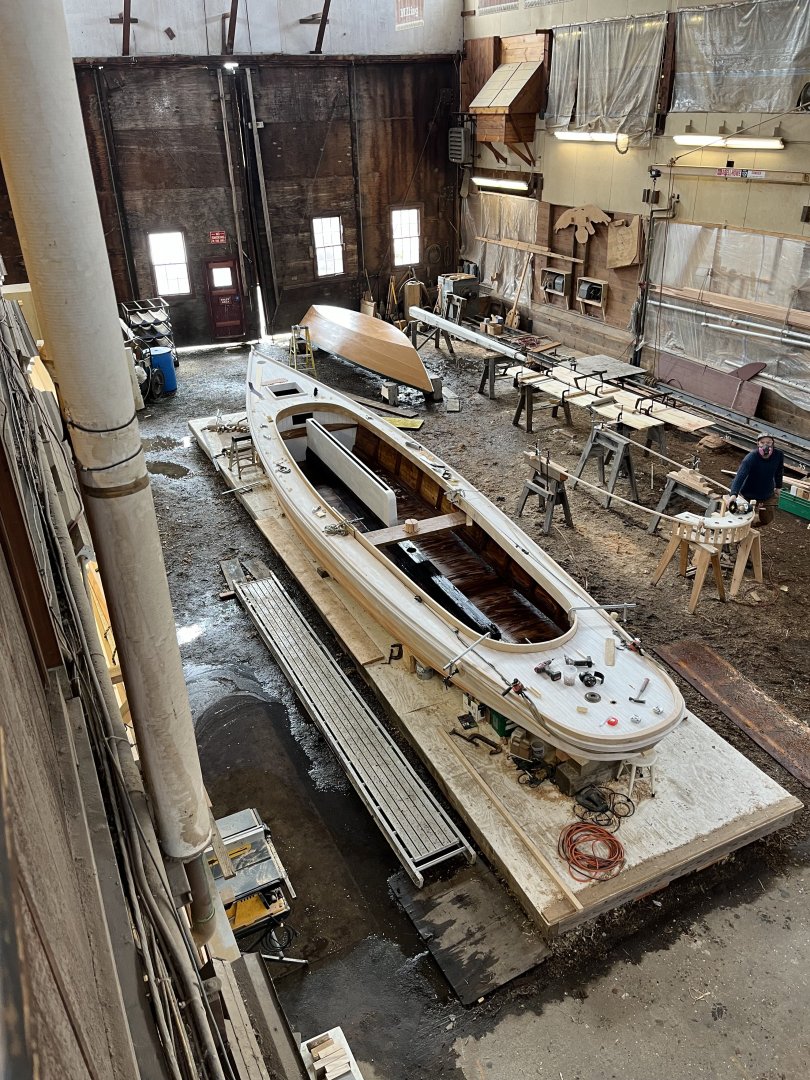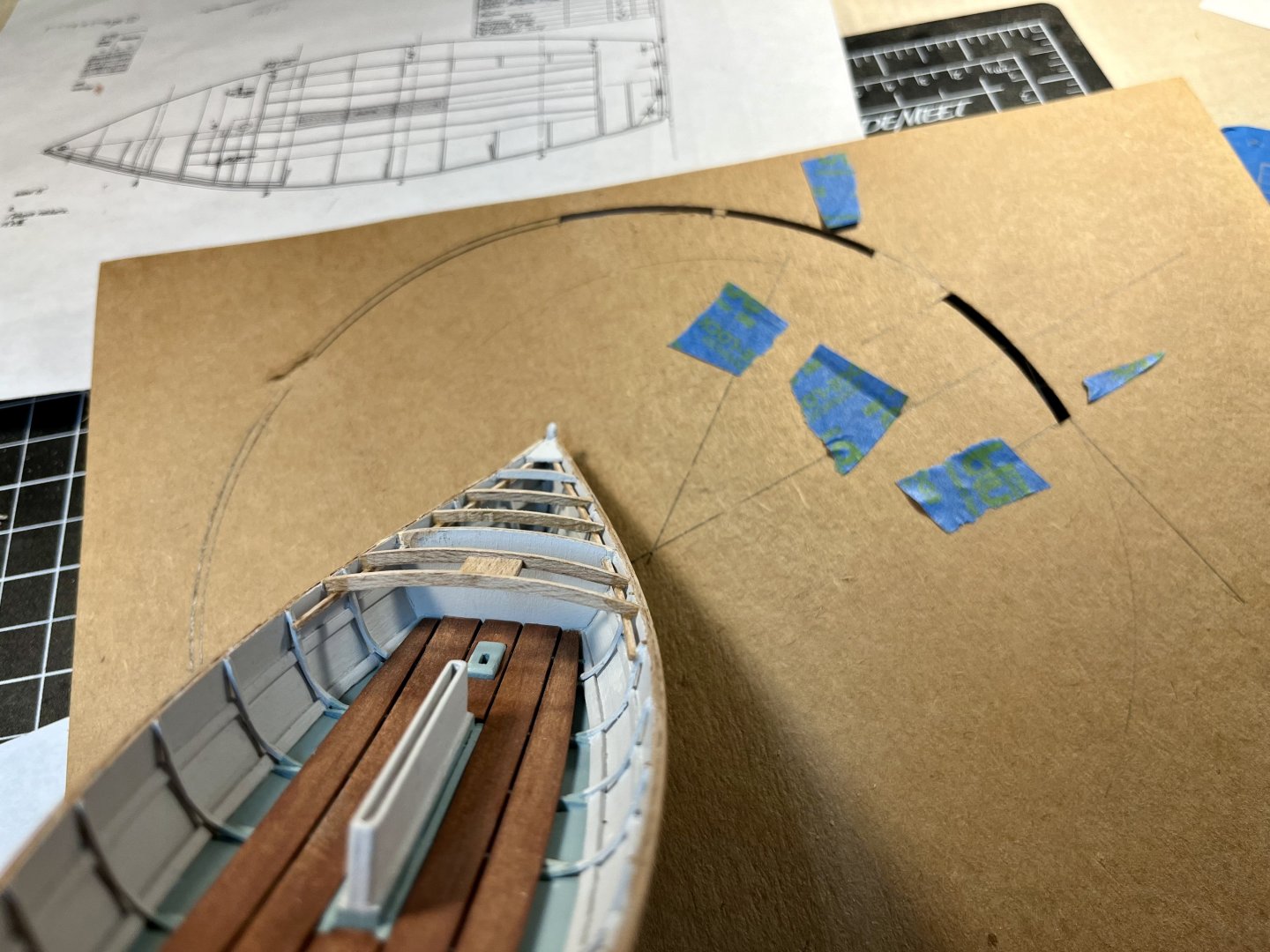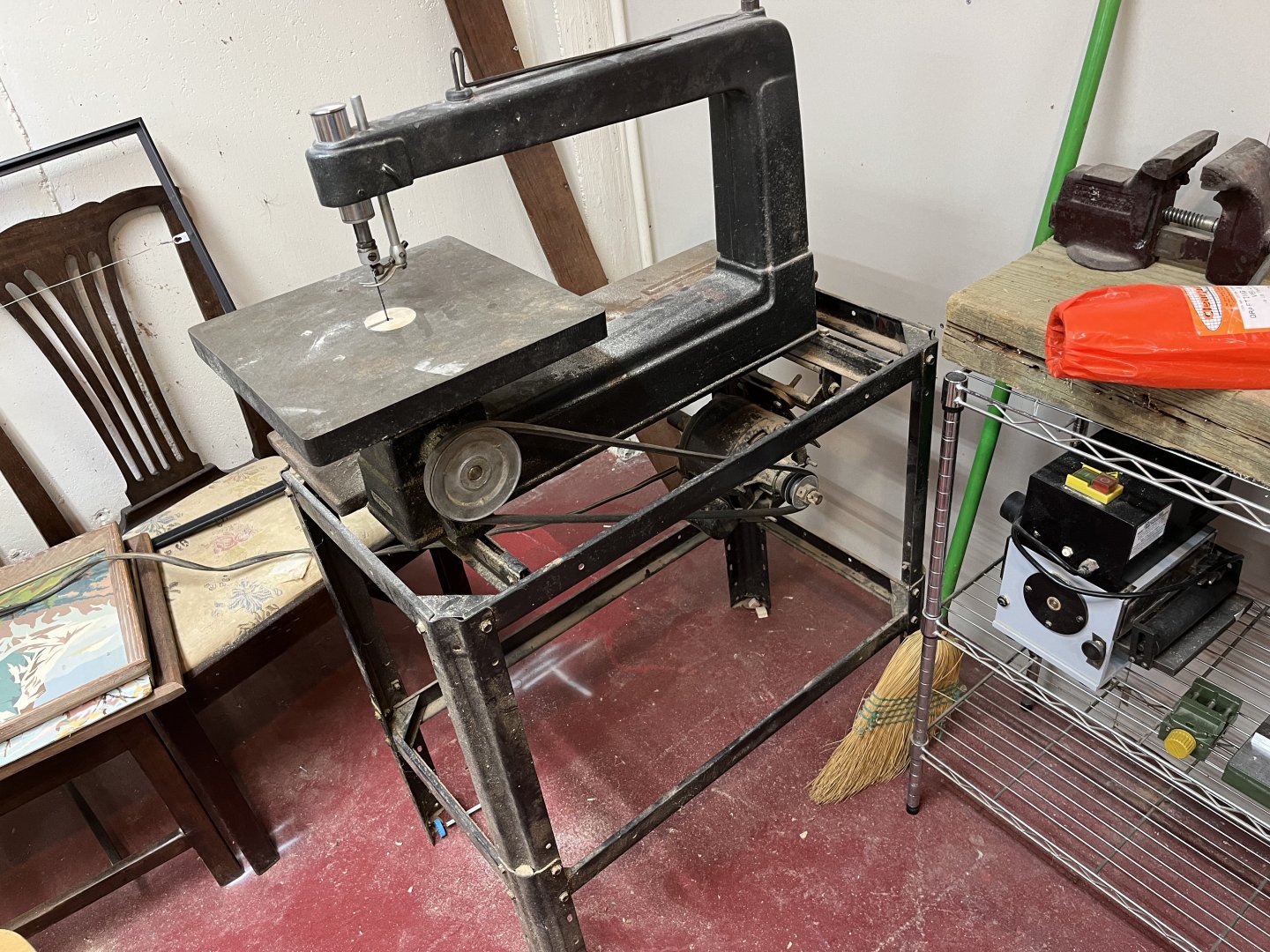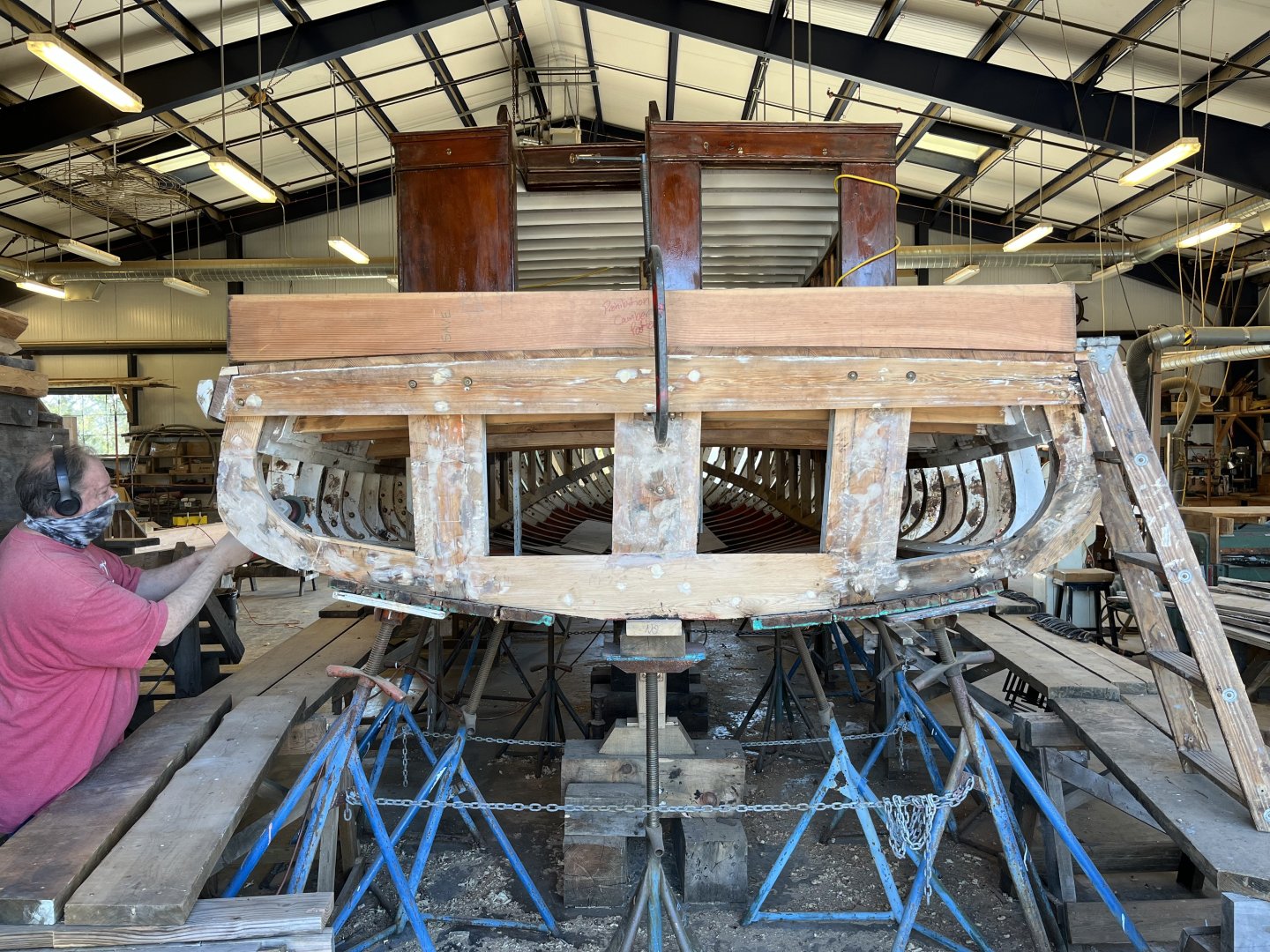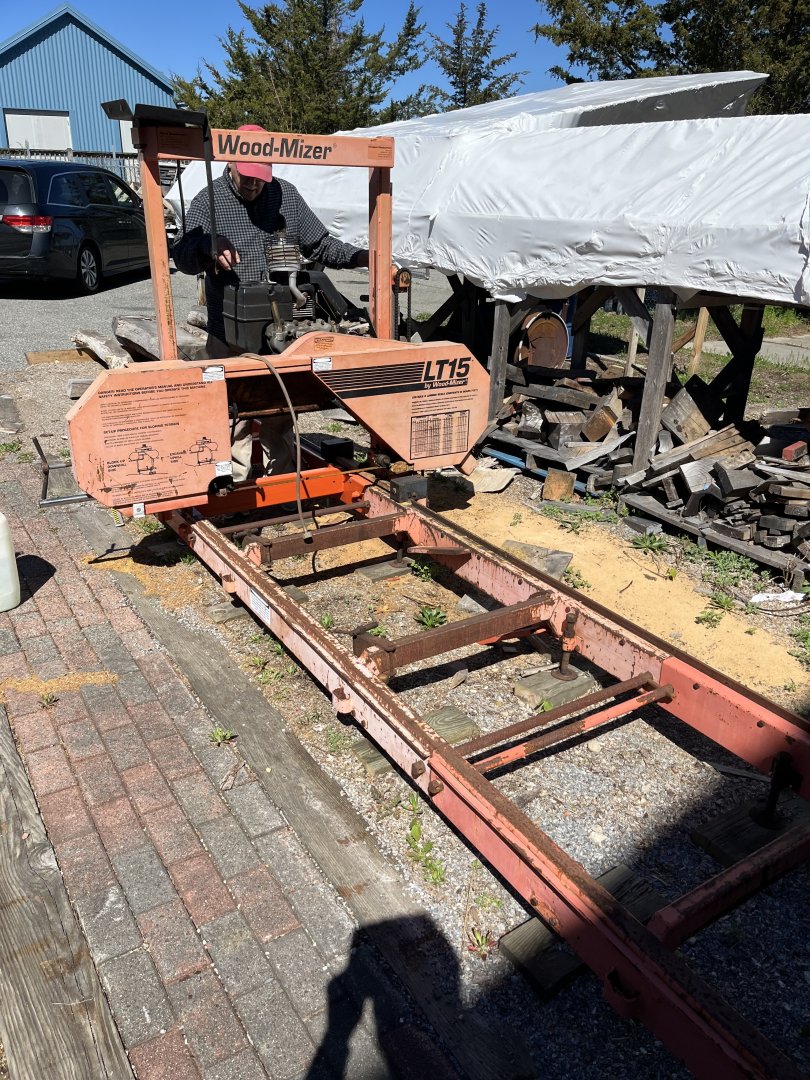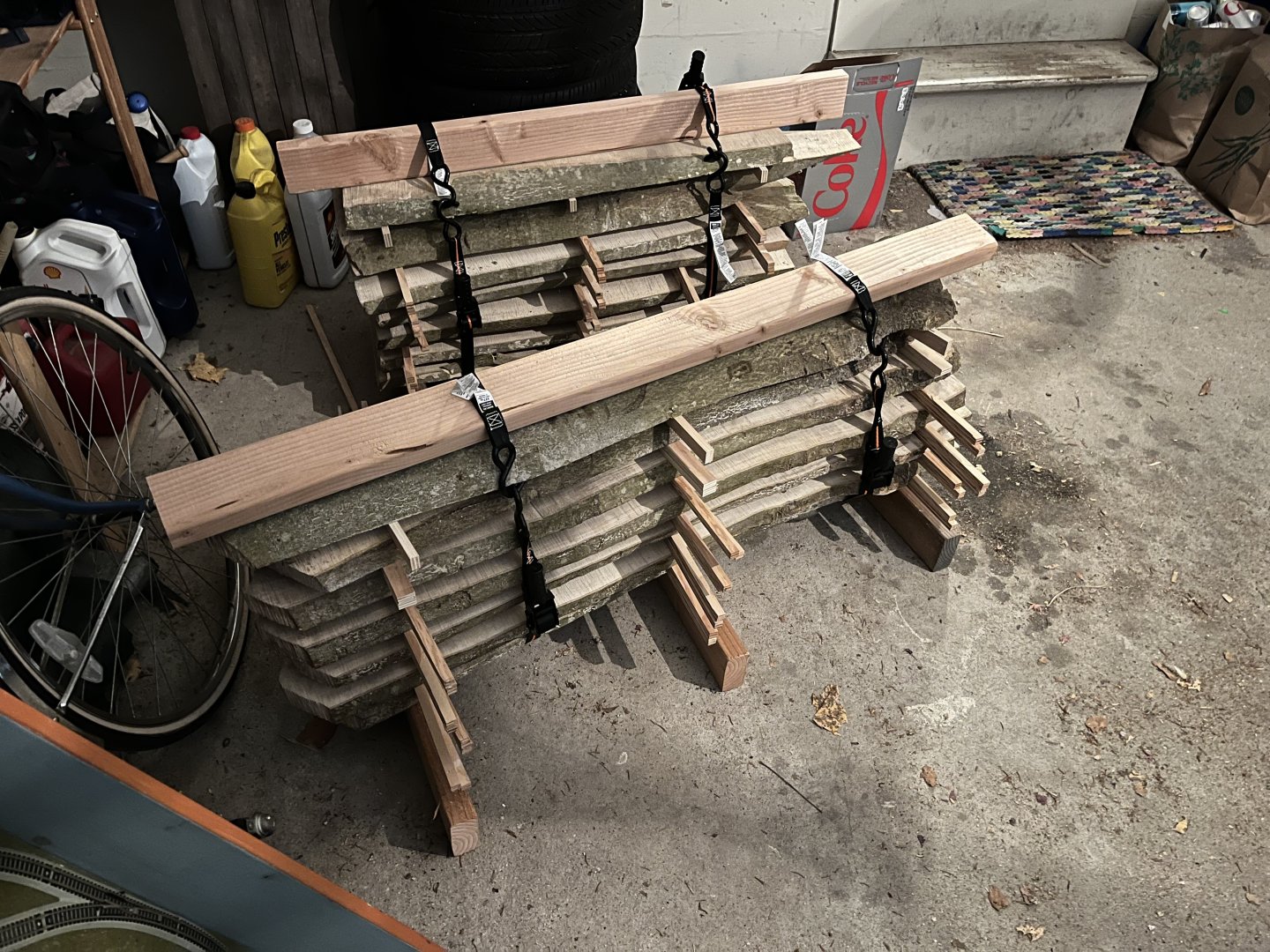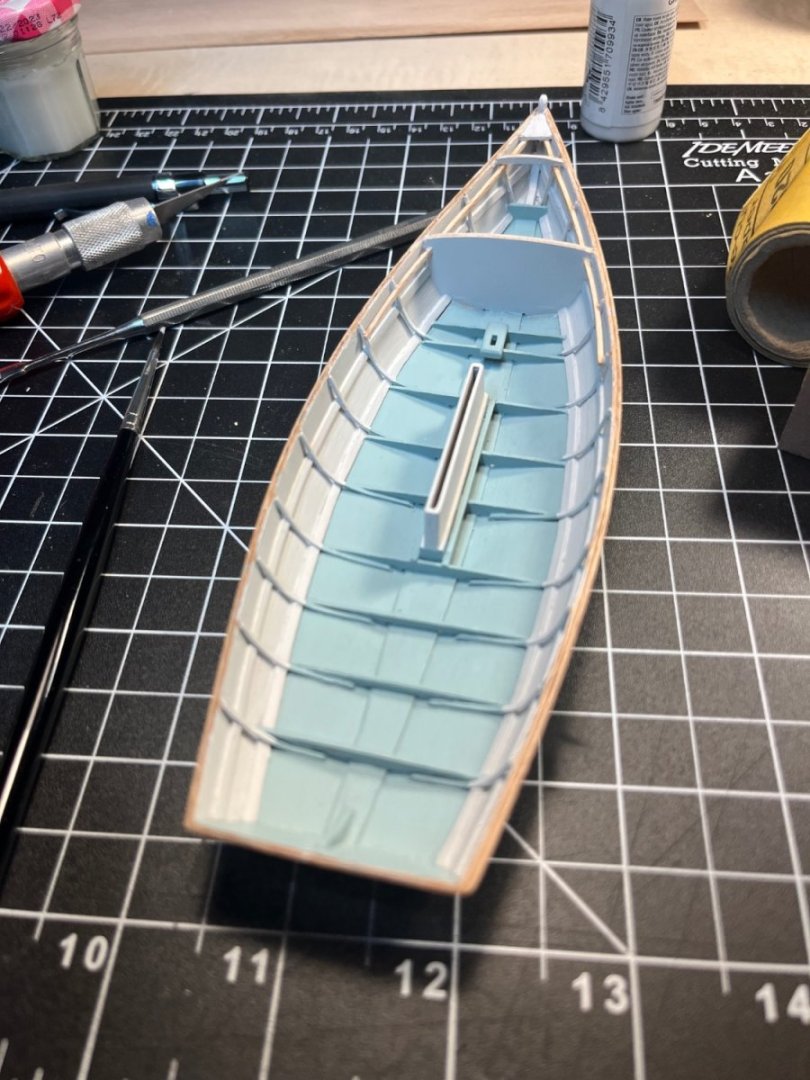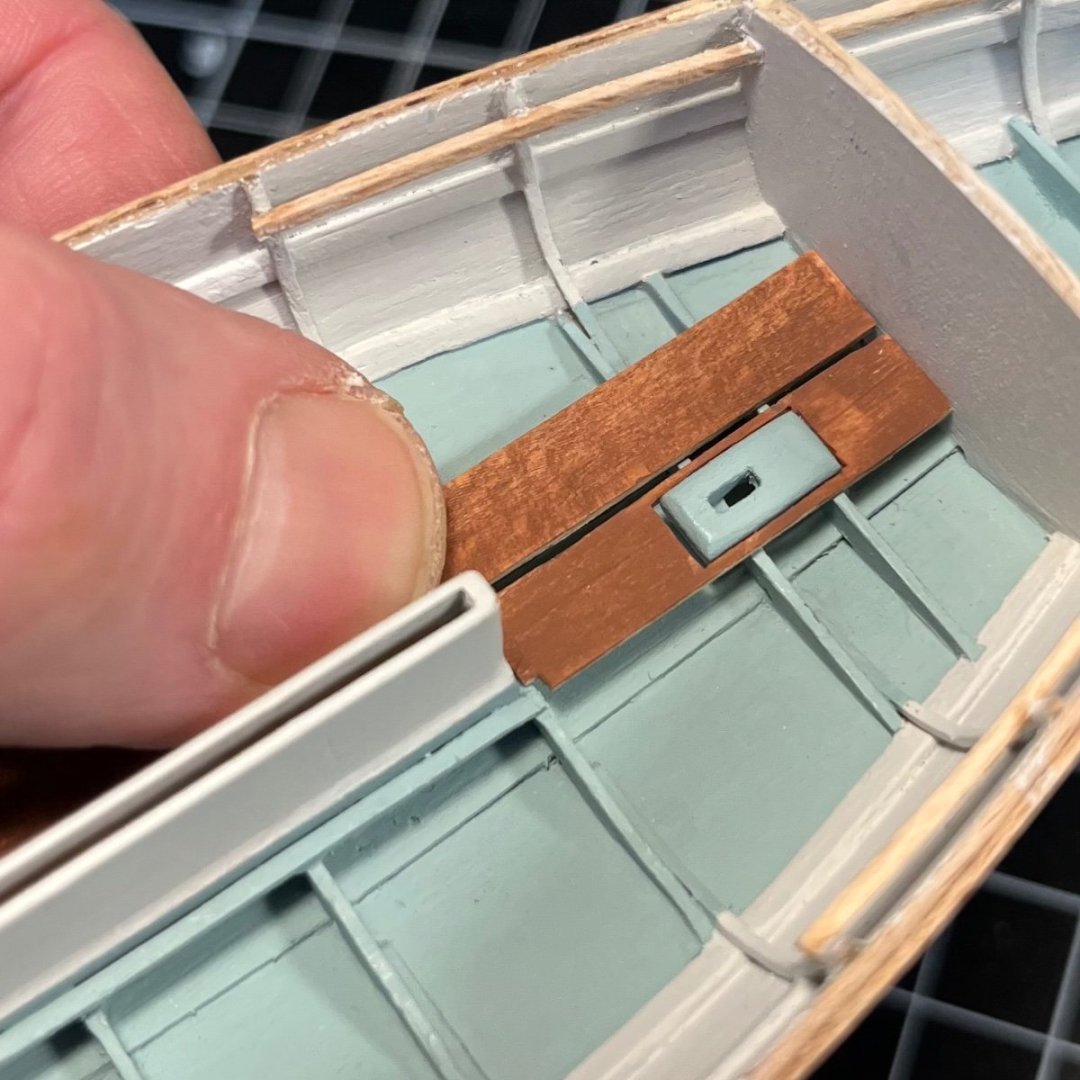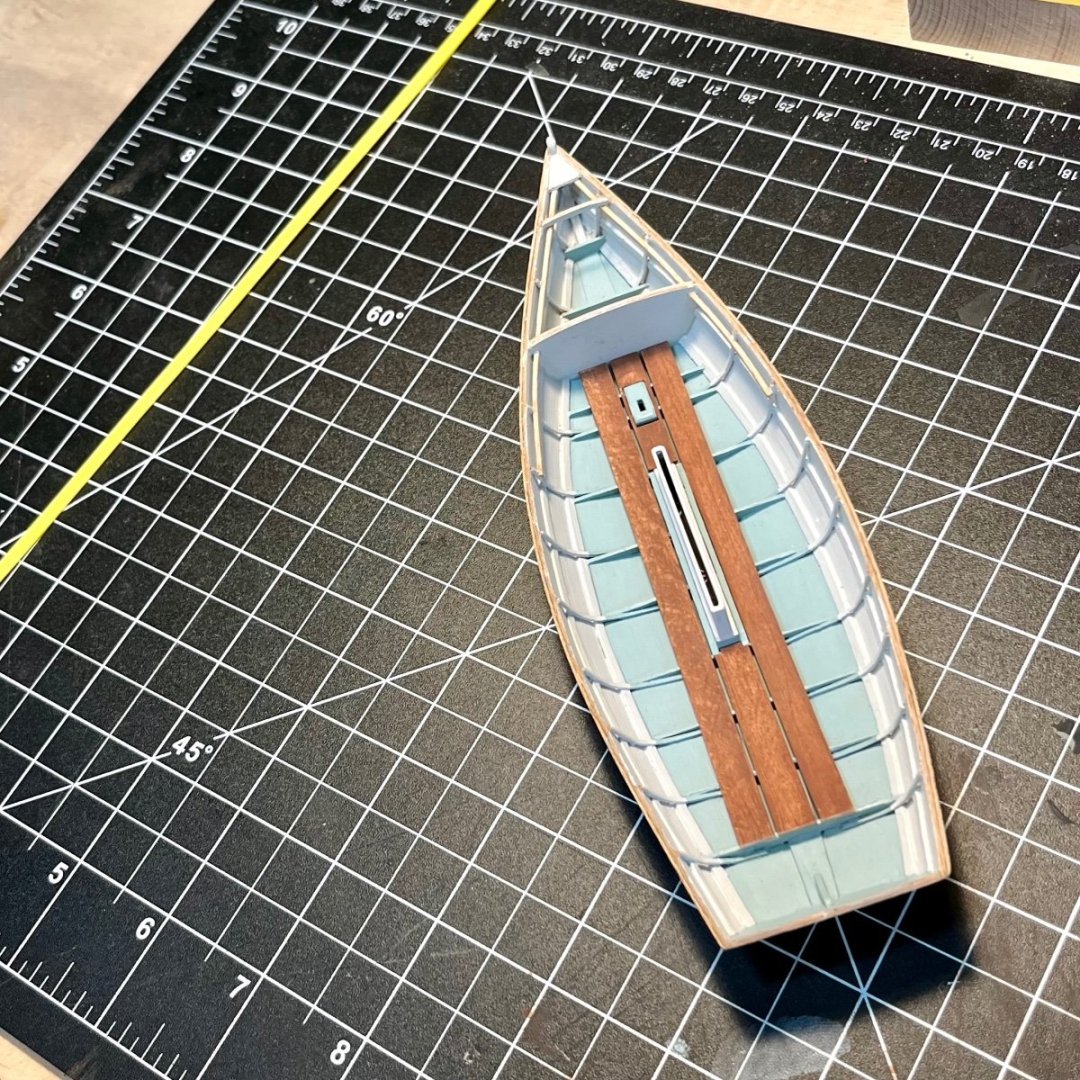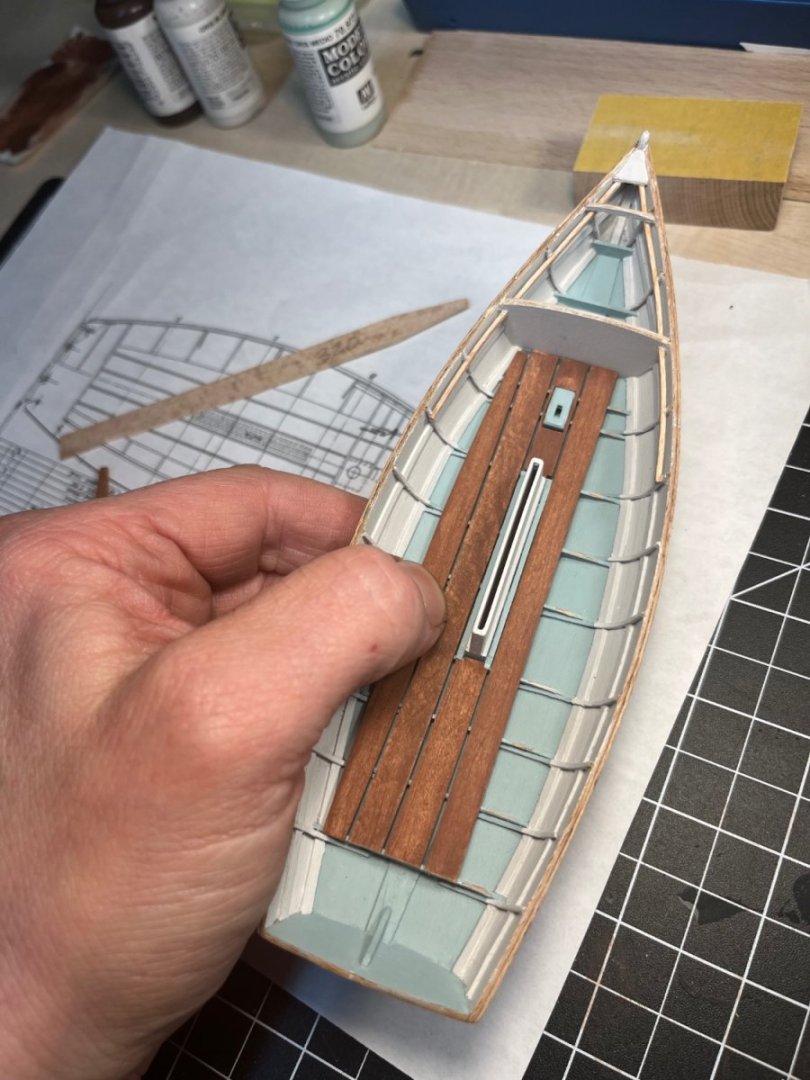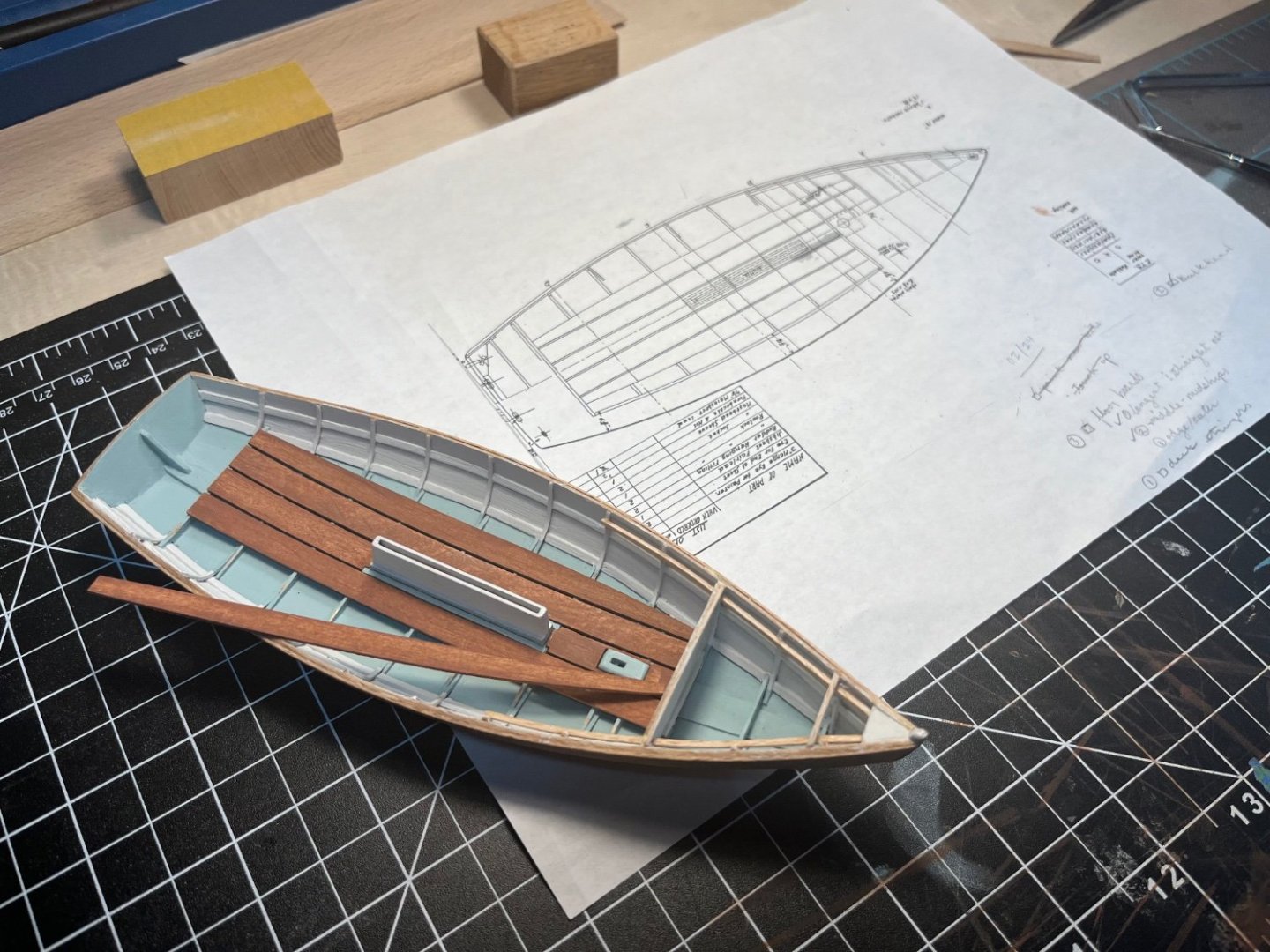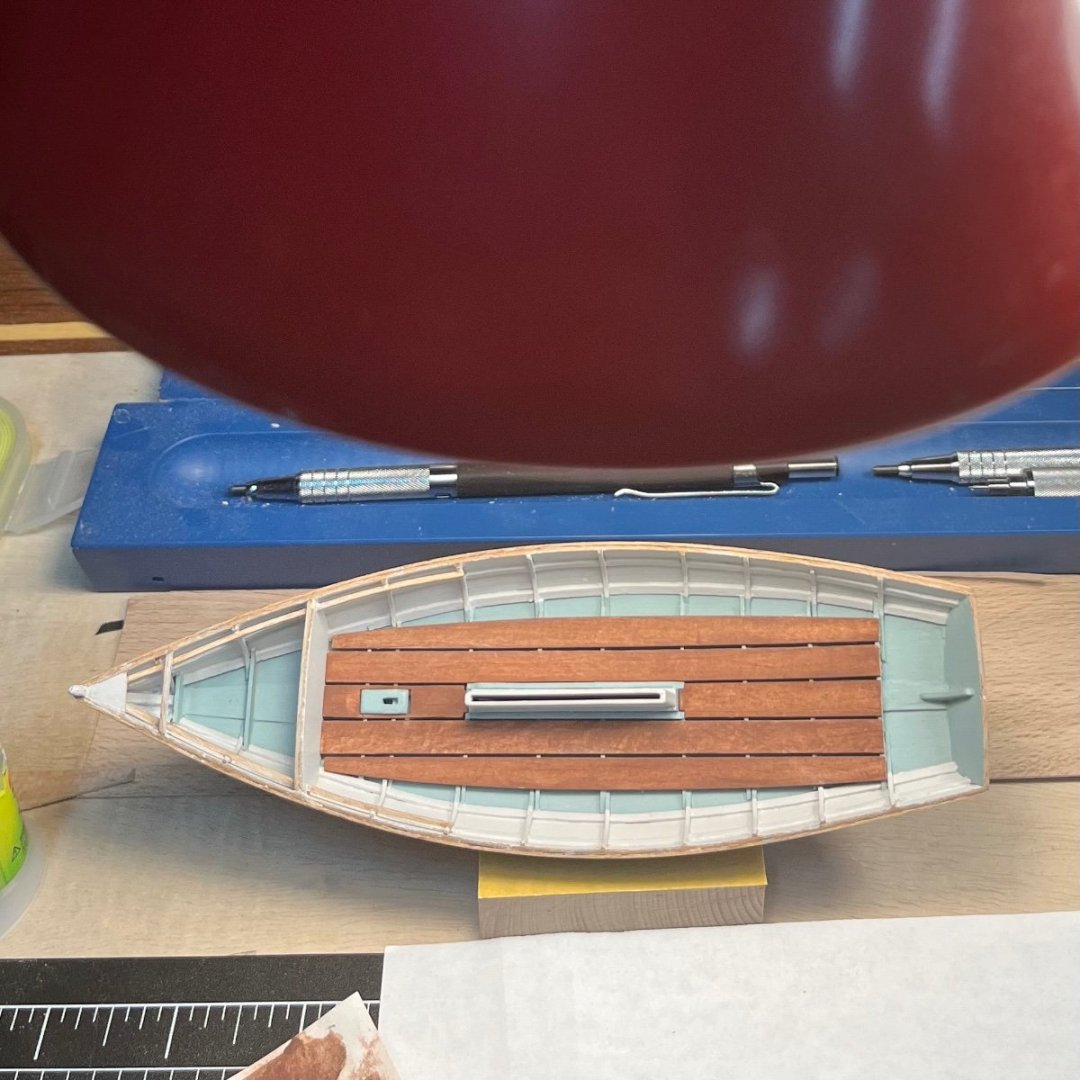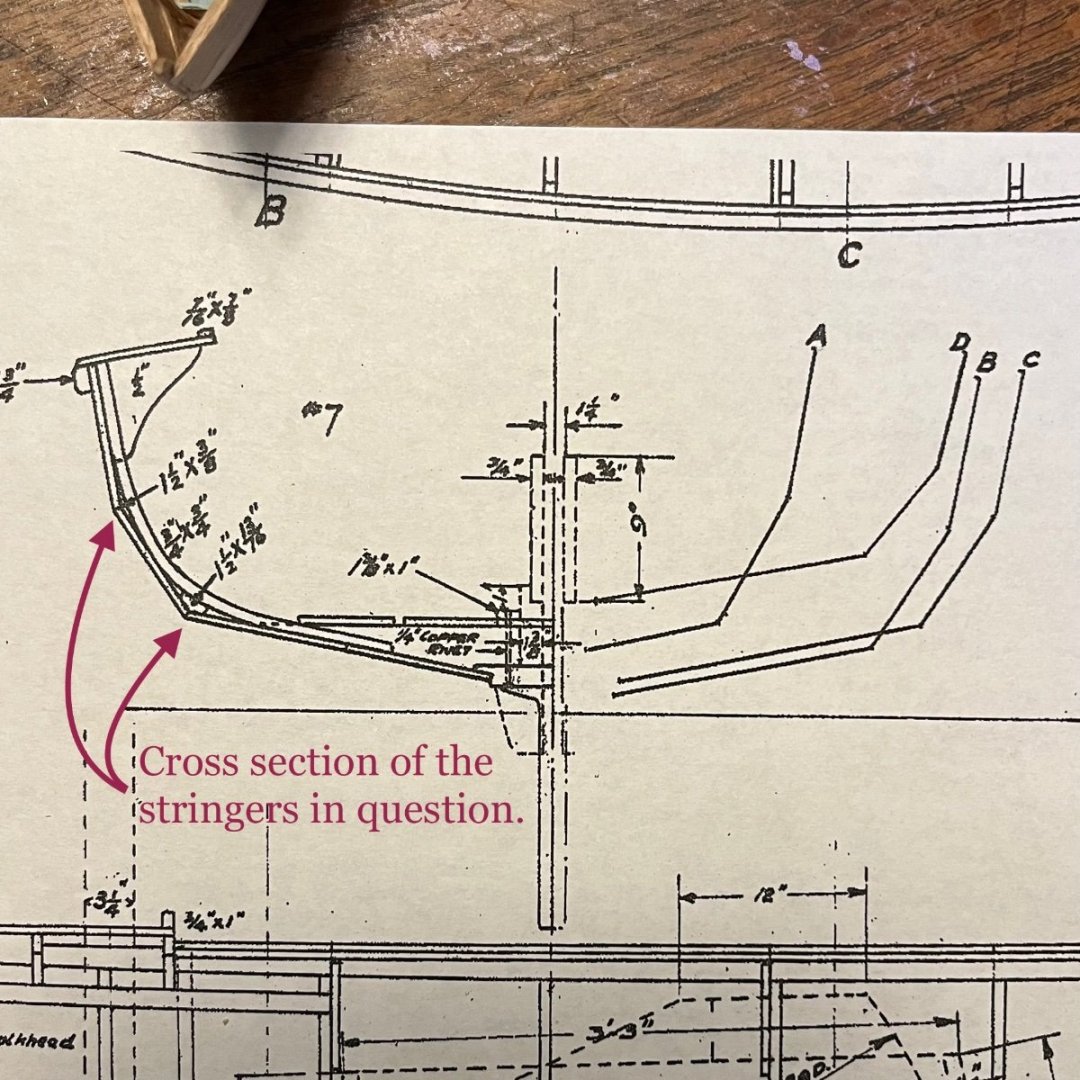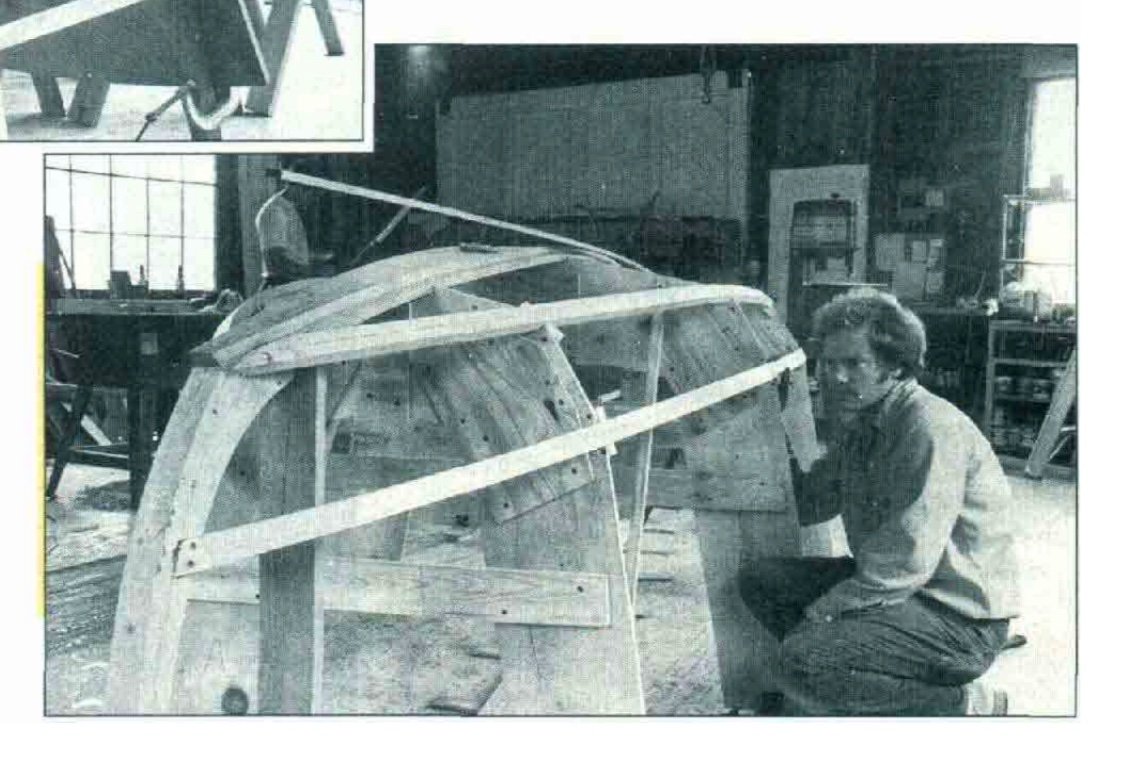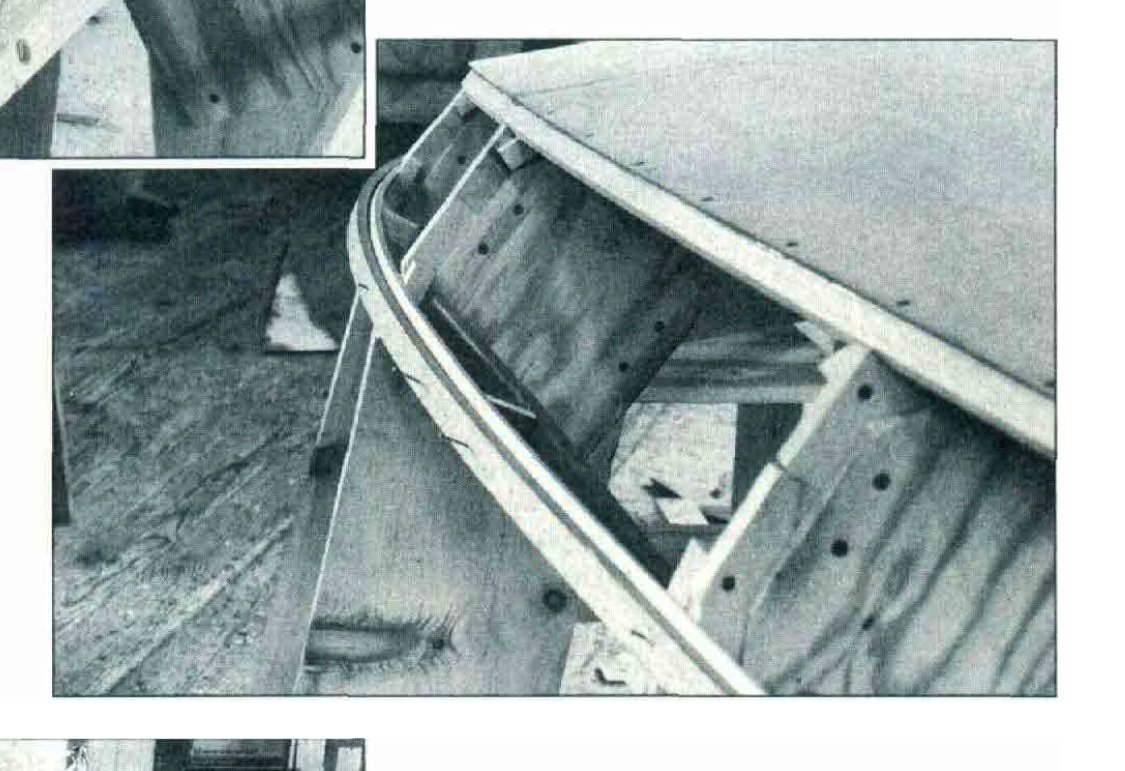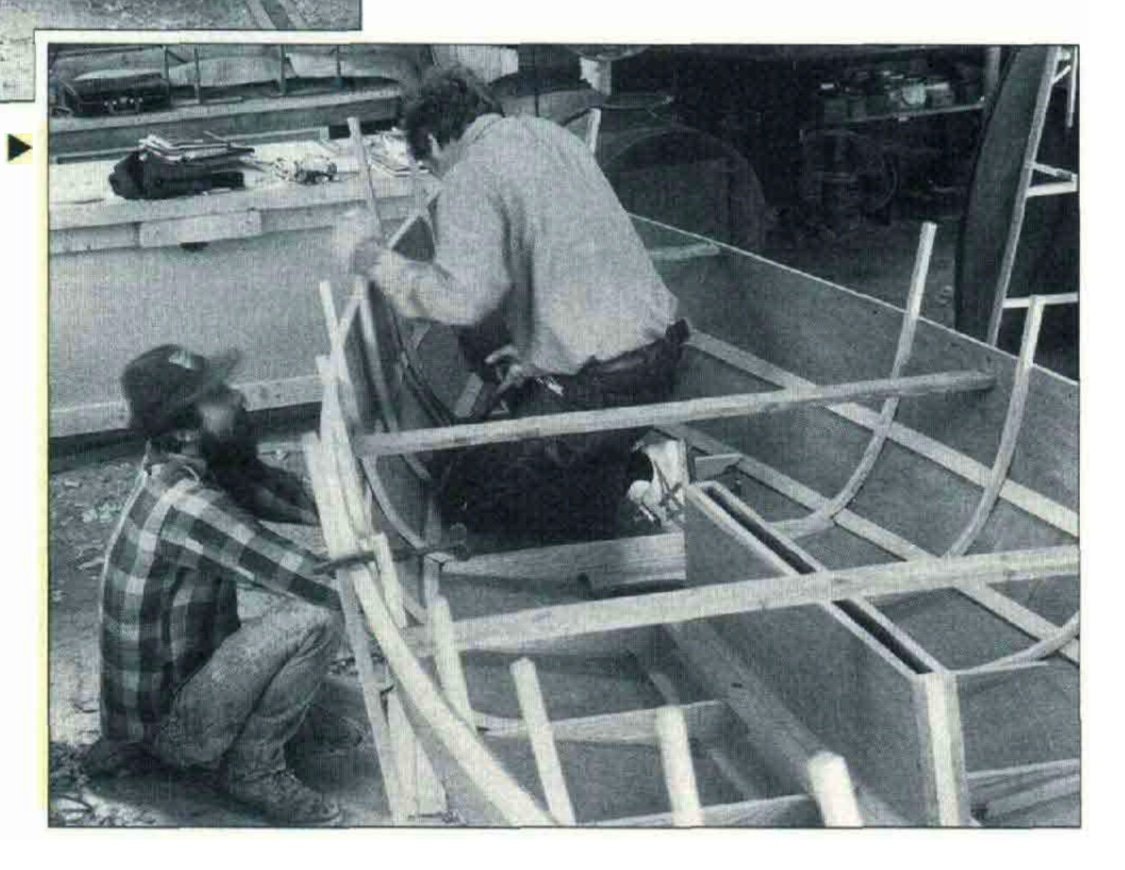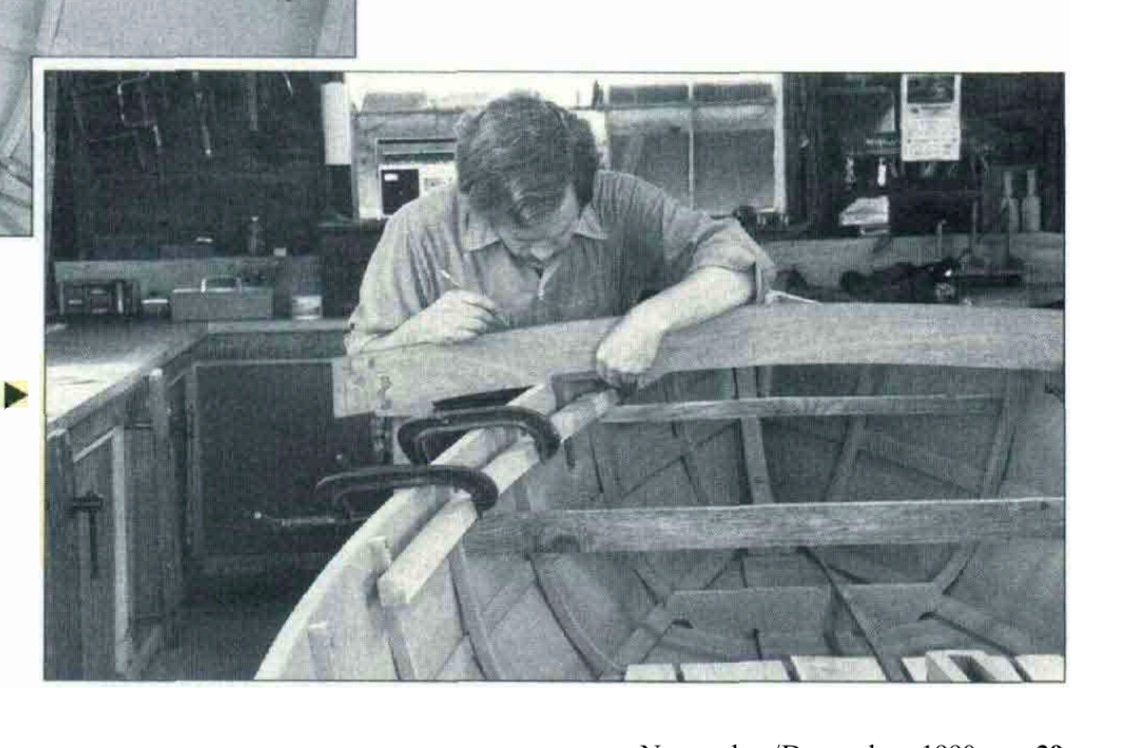-
Posts
35 -
Joined
-
Last visited
About Reverend Colonel
- Birthday 06/24/1975
Profile Information
-
Location
Sea Cliff, New York
-
Interests
Reading, preaching. Sailing, model building, woodworking. Baseball. Backgammon. Playing with my kids.
Recent Profile Visitors
-
 Canute reacted to a post in a topic:
HM Cutter Cheerful 1806 by Erik W - 1:48 scale
Canute reacted to a post in a topic:
HM Cutter Cheerful 1806 by Erik W - 1:48 scale
-
 Erik W reacted to a post in a topic:
HM Cutter Cheerful 1806 by Erik W - 1:48 scale
Erik W reacted to a post in a topic:
HM Cutter Cheerful 1806 by Erik W - 1:48 scale
-
 tarbrush reacted to a post in a topic:
The Khufu solar barge c. 2566 BCE by shipmodel (Dan Pariser) - scale 1:10 - cross-section
tarbrush reacted to a post in a topic:
The Khufu solar barge c. 2566 BCE by shipmodel (Dan Pariser) - scale 1:10 - cross-section
-
 mtaylor reacted to a post in a topic:
The Khufu solar barge c. 2566 BCE by shipmodel (Dan Pariser) - scale 1:10 - cross-section
mtaylor reacted to a post in a topic:
The Khufu solar barge c. 2566 BCE by shipmodel (Dan Pariser) - scale 1:10 - cross-section
-
 thibaultron reacted to a post in a topic:
The Khufu solar barge c. 2566 BCE by shipmodel (Dan Pariser) - scale 1:10 - cross-section
thibaultron reacted to a post in a topic:
The Khufu solar barge c. 2566 BCE by shipmodel (Dan Pariser) - scale 1:10 - cross-section
-
 Jack12477 reacted to a post in a topic:
The Khufu solar barge c. 2566 BCE by shipmodel (Dan Pariser) - scale 1:10 - cross-section
Jack12477 reacted to a post in a topic:
The Khufu solar barge c. 2566 BCE by shipmodel (Dan Pariser) - scale 1:10 - cross-section
-
Great idea! Im excited to keep reading and watch your progress. J
- 22 replies
-
 Reverend Colonel reacted to a post in a topic:
The Khufu solar barge c. 2566 BCE by shipmodel (Dan Pariser) - scale 1:10 - cross-section
Reverend Colonel reacted to a post in a topic:
The Khufu solar barge c. 2566 BCE by shipmodel (Dan Pariser) - scale 1:10 - cross-section
-
 Colin B reacted to a post in a topic:
Biscayne Bay Sailing Skiff by Reverend Colonel - 1:24 - SMALL - made from a beech log from NG Herreshoff design
Colin B reacted to a post in a topic:
Biscayne Bay Sailing Skiff by Reverend Colonel - 1:24 - SMALL - made from a beech log from NG Herreshoff design
-
 Colin B reacted to a post in a topic:
Biscayne Bay Sailing Skiff by Reverend Colonel - 1:24 - SMALL - made from a beech log from NG Herreshoff design
Colin B reacted to a post in a topic:
Biscayne Bay Sailing Skiff by Reverend Colonel - 1:24 - SMALL - made from a beech log from NG Herreshoff design
-
 Colin B reacted to a post in a topic:
Biscayne Bay Sailing Skiff by Reverend Colonel - 1:24 - SMALL - made from a beech log from NG Herreshoff design
Colin B reacted to a post in a topic:
Biscayne Bay Sailing Skiff by Reverend Colonel - 1:24 - SMALL - made from a beech log from NG Herreshoff design
-
 Colin B reacted to a post in a topic:
Biscayne Bay Sailing Skiff by Reverend Colonel - 1:24 - SMALL - made from a beech log from NG Herreshoff design
Colin B reacted to a post in a topic:
Biscayne Bay Sailing Skiff by Reverend Colonel - 1:24 - SMALL - made from a beech log from NG Herreshoff design
-
Kieth! I did use some machines. I fashioned a mill out of dremel-style stone grinding bit and a mini-bench top drill press. Bad for the drill press though. Could loosen the whole thing up and cause the drill bits to deflect when drilling. Kieth. I’m not sure how you could possibly approach any brass work with trepidation. Your stuff is inspiring. What machines do you use for this type of work? I’ll go back and scour your build logs for those parts.
-
An update of photos with descriptions and digressions concerning the fabrication of gudgeons. I was not at the stage of the build where I needed to make and install the rudder and its component parts, but I couldn’t stop thinking ahead and out of curiosity decided to try my hand at fabricating some gudgeons out of brass stock. A local jeweler gave me some scraps to use. I got this far with some Dremel bits (the little stone grinder wheel and a sanding drum) attached to a bench top drill press. I clamped the brass stock into a vise and moved it up against the spinning bit to remove parts I didn’t want. Heres the first attempt. I used small files and homemade sandpaper sticks to remove the rest. I sawed the bit off with an Exacto hobby saw and then sanded the back until it was really thin. Second attempt. Now the challenge will be to make two that are similar enough. Looks cute. I mean cool. You can see where the planks are not flush against each other where they meet at the transom so I filled the gaps. “Putty and paint make it what it ain’t.” This photo is hanging at our village museum and is of the harbor just down the hill. Boats like this really intrigue me. It was almost certainly designed to have a sailing rig but it appears to have been converted. You can see where the mast would have gone through the deck. It just raises all sorts of questions. Was it ever a fishing or workboat, or was it a purpose built pleasure craft for day sailing and weekend inshore cruising? Was it made at a local shipyard and if so, by whom? This scene might be of a charter outing - a converted sailboat could generate some decent money taking tourists out for a hour or so on the weekends and holidays. Here are some other photos of boats from the same era, also off shore from the same village. The first is from 1908 or ‘09; the second from 1910. There’s something unique about them. I think. I’ve got more photos and I’ll put them up soon. J.
-
 Reverend Colonel reacted to a post in a topic:
Acrylic paint tips and techniques
Reverend Colonel reacted to a post in a topic:
Acrylic paint tips and techniques
-
 Reverend Colonel reacted to a post in a topic:
Need tips on deadeyes rigging
Reverend Colonel reacted to a post in a topic:
Need tips on deadeyes rigging
-
 Reverend Colonel reacted to a post in a topic:
Need tips on deadeyes rigging
Reverend Colonel reacted to a post in a topic:
Need tips on deadeyes rigging
-
 Reverend Colonel reacted to a post in a topic:
1880's Floating Steam Donkey Pile Driver by Keith Black - FINISHED - 1:120 Scale
Reverend Colonel reacted to a post in a topic:
1880's Floating Steam Donkey Pile Driver by Keith Black - FINISHED - 1:120 Scale
-
Reverend Colonel started following Seglers Handbuch - Sailor's Manual, Georg Belitz, 1897
-
Greetings Fans of Books with Lines Drawings and Those Who have a Penchant for Procrastinating on Your Latest Build by Daydreaming about Models You Might Build in the Future: First, apologies to anyone who may have already taken the time to bring any of this to the attention of the MSW community. I searched and didn't see anything on it. In gathering information for a book review of WoodenBoat's 1985 edited and abridged version of Charles P. Kunhardt's 1885 "Small Craft" (which is described by the publishers as a modeler's dream, and of which a number of reviews and articles have been written for the 1/1 crowd) I discovered a link to Seglers Handbuch. A German book from 1897, filled over 700 pages of lines drawings and other illustrations, information on rigging, and a vast array of sailing discourse. Obviously, it's in German. No bother, I always preferred the pictures, even in books of my native tongue. If you follow the link, you can right click on the contents page and select "Translate Page." That way, for those for whom it matters, the headings will be in English. Its been said that a reprint is available for purchase, but I haven't searched very hard, and therefore haven't found it. I did visit the site of the organization responsible for scanning Seglers Handbuch, Yacht Sport Museum, and it appears to have a wonderful collection of scanned books that includes a section "Books on the History of Yacht Building." I hope that many of you find these links worthwhile. And danke to the Yacht Sport Museum. Peace and All Good, Jesse
-
Great idea for a model. Can't wait to watch it continue to take shape. It looks wonderful and I really enjoyed seeing how you approached and executed the first portion of this model. Keep up the great work. Humbly, J
- 288 replies
-
- Santos Dumont No. 18
- hydroplane
-
(and 1 more)
Tagged with:
-
 Reverend Colonel reacted to a post in a topic:
Ranger type yacht by Mark Pearse - 1:12 - SMALL
Reverend Colonel reacted to a post in a topic:
Ranger type yacht by Mark Pearse - 1:12 - SMALL
-
Dan, thank you! And thank you to all of you who are continuing the tradition of model ship building and sharing your experiences on this forum. Discovering boats and then boat modeling has been such a joy. Creative, humbling, problem solving, letting go and moving forward. I had the chance to visit Dan's shop yesterday to drop off a model for repair. There's too much to share and you all have been following his posts and reading his articles so you know what he's up to. However, I did want to repeat a two sentiments that Dan shared with me that I think are very important...and I am paraphrasing. "Develop an interest in and an appreciation of art and old handmade things." "The best tool a modeler can have is a club." Not one that you would use to smash your model when you're frustrated (though you may want one of those, too) but one you can join and learn directly from other modelers. Until the next post, Jesse
-
Reverend Colonel started following shipmodel
-
A few more deck beams added. I got a consistent curve for the beams by drawing a pair of concentric circles with a protractor onto a piece of shirt board. The distance between the circles would be the ~thickness of the beams. I would tape pieces of timber, milled to thickness in the path of the arc - sounds like the eclipse. Put the sharp end of the protractor into the small hole in the center of the circle and draw the pair of concentric circles onto the wood. Rough cut and sand to the line. Or until the line disappears. Here’s the ship yard with RIGEL as the center of attention. You can see the pattern cut for the elbows that will support the side decks. Not shown are my Proxxon chop saw, table saw and drill press which I picked up second-hand from a man whom used them for doll houses. Also not shown are the big box brand band saw (say that 5 times fast) and drill press. Here’s the “jig saw” a neighbor gave me. It was a tool from a local high school’s wood shop. I’ve started using this more and more. I will likely put it to more use when I begin building models at 3/8 scale. What follows are a bit of a digression: some images from my recent trip from the Glen Cove area of Long Island to Newport. First are photos of a New Haven style sharpie that the preservation shipyard at Mystic Seaport has been working on for some time. It was more impressive then I imagined it would be. I always pictured that they would have a daintiness about them, given the drawings I have seen, but this boat is very substantial. The next images are from the International Yacht Restoration School in Newport. They are of the launch RESOLUTE, designed and built by the Herreshoff firm around 1916. Here’s what Maynard Bray, small craft historian has written about this design. “Five of these double-cockpit launches were built after they were designed by Nat Herreshoff for possible use by the U.S. Navy during the First World War. (Destroyer Tenders?) Legend has it that because the Herreshoffs wouldn't allow other builders the use of their design, the navy went elsewhere after obtaining only one boat. Two boats that were built to this design by the Herreshoff Manufacturing Company ended up at the Seawanhaka Corinthian Yacht Club on Long Island…” The boat is the property of the Mystic Seaport but is being restored by IRYS, likely by instructors and volunteers this summer. Finally, a few pictures from Building J in the town of Oyster Bay, LI. I was there last week to borrow their Wood Mizer to mill two large, knot free holly trunks that were part of a tree removed from the church property. They are working on a large cabin launch - with quite a sordid history - built in Alabama in the first quarter of the 20th century. The ship saw was recently restored by the some of the few professional shipwrights, and some of the many volunteers, who help in this amazing shop. Holly planks. Between 1” and 2.5”. Stickered and strapped and ready to go into a kiln this week.
-

Hello from Long Island NY
Reverend Colonel replied to Charlie Masone's topic in New member Introductions
Charlie, are you still here? Logging on, making models? I’m a Long Islander, too. Drop me a note. -
Wefalck! Yes! To all of your considerations. The three strakes, three on each side rather, creates a shape that appears from many angles to be round. It also makes for a light, strong boat that is relatively inexpensive and easy to build. It should also be a great sailer. The “stringers” are called chine logs. Stringers (for deck beams to rest on), two deck beams, the watertight bulkhead and the breasthook installed and painted. The mast step is also installed. Note beams on either side of the center board trunk. Sole planks being dry fit. The hole in center plank that allows it lay over the mast step was marked and made by drilling out most of the wood and using small chisels to make it square. Center planks (fore and aft) and the straight planks installed. Dry fitting outboard sole plank. Sole planks installed. I painted the beech wood planks with two washes of mahogany color paint by Vallejo. Remaining deck beams, elbows for the side decks, aft deck beams, chain plates up next. Have a nice day!
-
Andy. I did get the plank bender and it helped a lot. The thing that’s keeping the frames from touching the planks between the stringers is that said stringers are too big, not to scale. At that point in the build it was not easy to cut consistent size stringers in the beech. I suppose I could have sanded the stringers down after installed until frames came into contact. Another in a long list of lessons learned. I have loved watching your builds come together, by the way. And that you and Allan and Welfack are paying attention is a real treat. I follow your all’s posts and they have proved a great reference for me. Thank you.
-
Happy to address the questions and hopefully settle this bit of the thread and with an image from the construction plans and some photos from a three part piece in Wooden Boat magazine that featured the construction of the Biscayne Bay. That the construction process was demonstrated in a magazine is one of the reasons I chose to build this boat. Very helpful for a first time modeler. I think you’ll agree that my construction process is correct, according to plans and example, even if it is not well executed. There is certainly no shortage of opportunities to improve in this craft. Fairing the stringers. How the planks attach to the stringers. Bending in the frames. Making the deck beams that rest on an inboard stringer. Jesse
-
Welfack and Allan: Re: stringers. I’ll guess I’ll have to take it all apart…just kidding. These first stringers are on the inside in the case of this build. The molds (both in the building of a full size boat and this one) are made with slots for these stringers. The planks meet at these stringers. The frames should be touching both the stringer and the plank. The stringers are not to scale. They’re a little wide and made before I had tools to get accuracy so the frames miss the planks. Trust me. It’s not the only discrepancy. But if you look closely enough, you’ll find ‘em. The photo your referencing shows the profile and the stringers are referenced by the chine line. I’ll post the lines drawing that shows the arrangement at some point. Additional stringers will be added from the stem to frame 5 to support the deck structure. Knees for the side and aft decks. Peace, Jesse
About us
Modelshipworld - Advancing Ship Modeling through Research
SSL Secured
Your security is important for us so this Website is SSL-Secured
NRG Mailing Address
Nautical Research Guild
237 South Lincoln Street
Westmont IL, 60559-1917
Model Ship World ® and the MSW logo are Registered Trademarks, and belong to the Nautical Research Guild (United States Patent and Trademark Office: No. 6,929,264 & No. 6,929,274, registered Dec. 20, 2022)
Helpful Links
About the NRG
If you enjoy building ship models that are historically accurate as well as beautiful, then The Nautical Research Guild (NRG) is just right for you.
The Guild is a non-profit educational organization whose mission is to “Advance Ship Modeling Through Research”. We provide support to our members in their efforts to raise the quality of their model ships.
The Nautical Research Guild has published our world-renowned quarterly magazine, The Nautical Research Journal, since 1955. The pages of the Journal are full of articles by accomplished ship modelers who show you how they create those exquisite details on their models, and by maritime historians who show you the correct details to build. The Journal is available in both print and digital editions. Go to the NRG web site (www.thenrg.org) to download a complimentary digital copy of the Journal. The NRG also publishes plan sets, books and compilations of back issues of the Journal and the former Ships in Scale and Model Ship Builder magazines.


